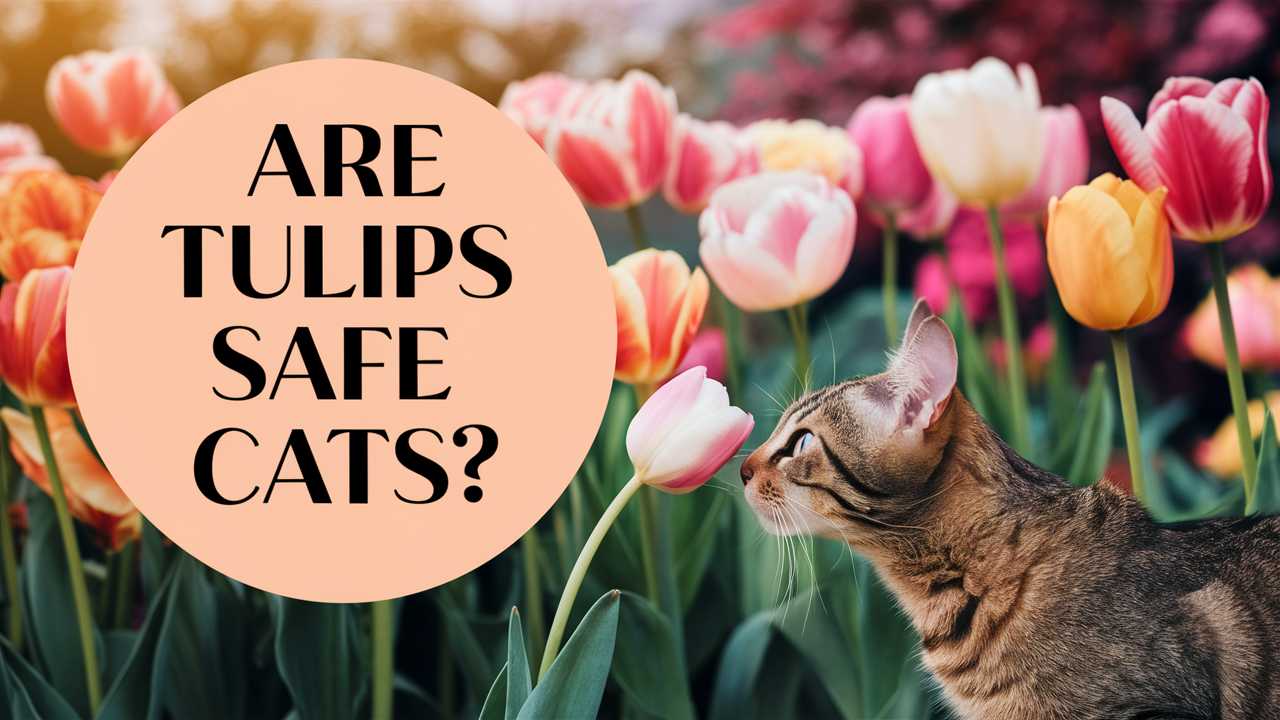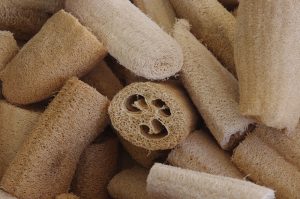In this post, we’ll explore the relationship between tulips and feline health, diving into the potential risks, symptoms of toxicity, safe practices, and alternatives for cat-friendly gardening.
Tulip Toxicity: What You Need to Know

The short answer is that tulips are not safe for cats. According to the ASPCA, all parts of the tulip plant are toxic to cats, particularly the bulbs, which contain compounds called glycosides. When ingested, these toxins can lead to a variety of health issues in cats, ranging from mild gastrointestinal problems to more severe reactions.
Glycosides and Their Effects
Glycosides are natural compounds found in several plants, including tulips. In cats, ingestion of glycosides can disrupt normal cellular functions. The severity of the reaction depends on the amount consumed and the individual cat’s health and sensitivities.
Symptoms of Tulip Poisoning
If a cat ingests any part of a tulip, it’s crucial to be aware of the symptoms of poisoning. Early detection can significantly improve your cat’s prognosis. Here are some common signs:
Vomiting and Diarrhea: If your cat has eaten tulip leaves or a bulb, they may react by vomiting or having diarrhea. These are common signs of gastrointestinal distress.
Loss of Appetite: A cat that feels unwell may refuse to eat. If you notice a significant change in their eating habits, it may indicate an underlying issue.
Lethargy: Toxic reactions often lead to a general sense of malaise, where your cat might appear unusually tired or lethargic.
Drooling or Excessive Salivation: A cat that has ingested something toxic may produce more saliva than usual as their body reacts to the toxins.
Severe Symptoms: In more serious cases, tulip ingestion can lead to more severe reactions such as depression, increased heart rate, and even central nervous system issues. If you observe any of these symptoms, seek veterinary attention immediately.
What to Do If Your Cat Eats Tulips
If you suspect or confirm that your cat has eaten tulips, time is of the essence. Follow these steps:
Identify the Plant: Determine if the plant in question is indeed a tulip. Knowing the specifics will help the veterinarian assess the situation better.
Contact Your Veterinarian: Always alert your vet, even if your cat seems fine. They may recommend bringing the cat in for an examination or monitoring symptoms at home.
Bring a Sample: If possible, take a sample of the tulip (or part of it that your cat may have ingested) for identification. This can be helpful for the veterinarian.
Follow Veterinary Advice: Your vet may suggest an induced vomiting procedure if the ingestion was recent and severe. Follow their instructions meticulously.
Prevention: Keeping Cats Away from Tulips
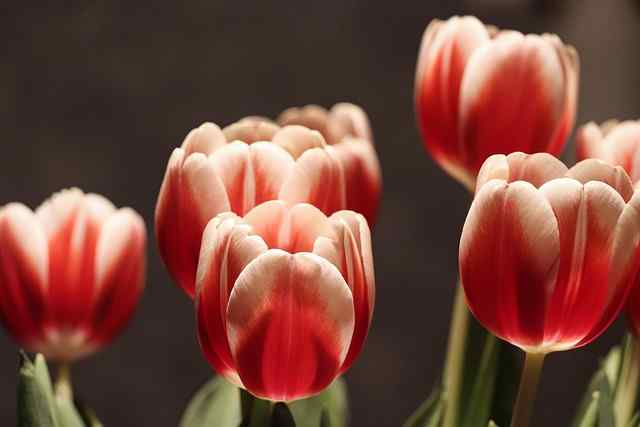
Understanding the potential dangers of tulips is vital for prevention, but what proactive steps can you take to protect your cat from these stunning but hazardous blooms?
Create a Cat-Friendly Space
Designate Safe Zones: Establish areas in your home where cats can roam freely without encountering danger. Create dedicated pet spaces with cat-friendly plants, toys, and activities.
Tulip Placement: If you love having tulips in your home, place them in areas that are inaccessible to your cats, like high shelves or hanging baskets.
Educate Family and Friends: Inform those around you about the risks tulips pose to your cat. If friends bring flowers, remind them not to include tulips.
Cat-Proofing Your Garden
Botanical Knowledge: If you have a garden, familiarize yourself with plants that are toxic to cats. Forgo planting tulips in favor of more cat-friendly flowers.
Physical Barriers: Use fencing or netting to create boundaries between areas of your garden rich in tulips and areas that your cats frequent.
Alternative Plant Options: Seek out non-toxic flowering plants that will still provide color to your garden.
Cat-Friendly Alternatives to Tulips
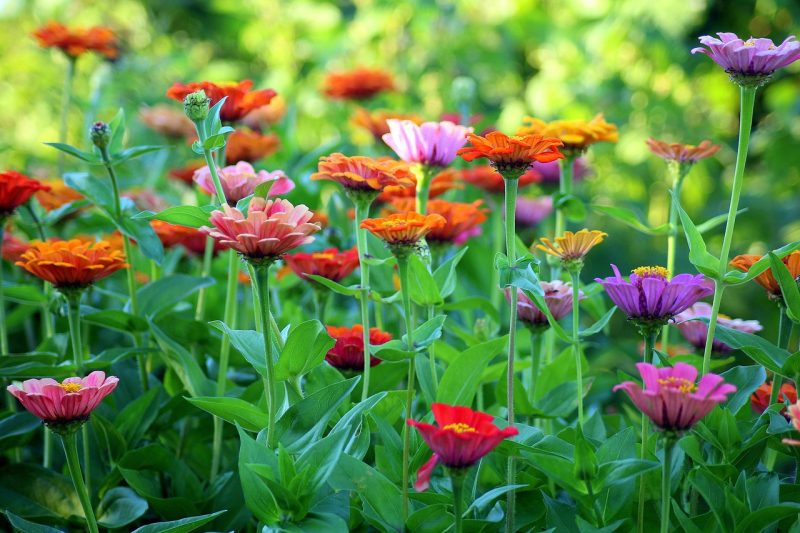
If tulips are off the table due to their toxicity, what can you plant that will keep your garden vibrant and safe for your feline friend? Here are some excellent alternatives to tulips:
Non-Toxic Plant Choices

Petunias (Petunia spp.): These brightly colored and cheerful flowers come in various shapes and sizes. They are safe for cats and thrive in sunny environments.
Zinnias (Zinnia elegans): With their striking blooms ranging from pale pastels to bold, vibrant hues, zinnias are a pet-safe option that blooms vigorously throughout the summer.
Marigolds (Tagetes spp.): These bright orange and yellow flowers are not only safe for cats but also serve as natural pest deterrents in the garden.
Snapdragons (Antirrhinum majus): These lovely flowers come in an array of colors and are non-toxic to cats. Their tall, spiky appearances add height to your garden.
Sunflowers (Helianthus annuus): Not only are sunflowers a delight to the eyes, but they also attract a variety of pollinators! They are completely safe for your furry friends.
Grasses and Foliage
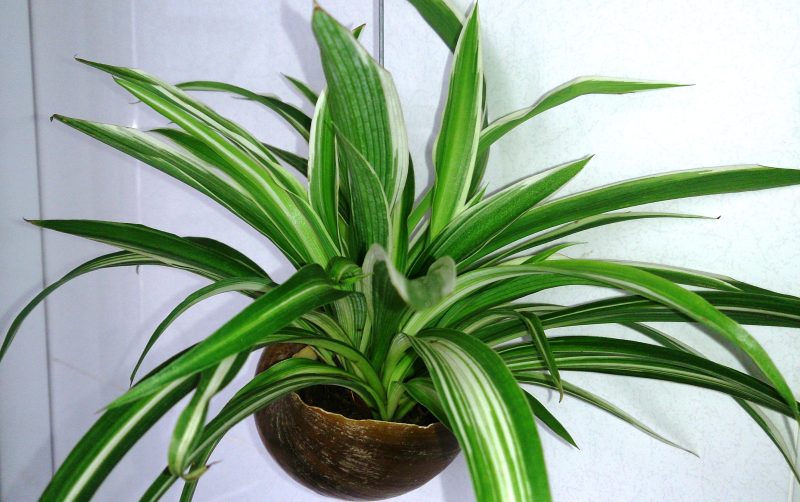
In addition to flowering plants, consider incorporating cat-safe grasses and foliage into your garden.
Catnip (Nepeta cataria): Felines adore catnip, and planting it not only provides entertainment but also serves as a safe herb for them to enjoy.
Cat Grass (Dactylis gloomerata): Generally oats, wheat, or barley, cat grass is a great supplement for indoor cats that may not have access to the outdoors.
Spider Plant (Chlorophytum comosum): Often regarded as a houseplant, spider plants are non-toxic and can thrive both indoors and outdoors.
Conclusion: Protecting Our Feline Friends
As the season of tulips draws near, it’s vital to remember that not all beauty comes without risk. While tulips may enchant us with their vibrant colors and elegant shapes, they pose a potential hazard to our beloved cats. Being informed about the toxicity of tulips is crucial for maintaining a safe home environment for our pets.


